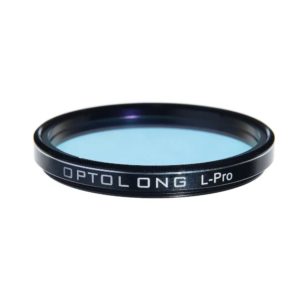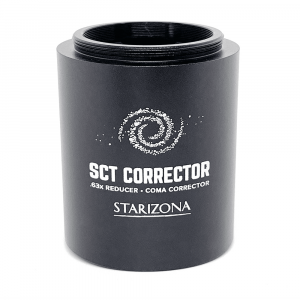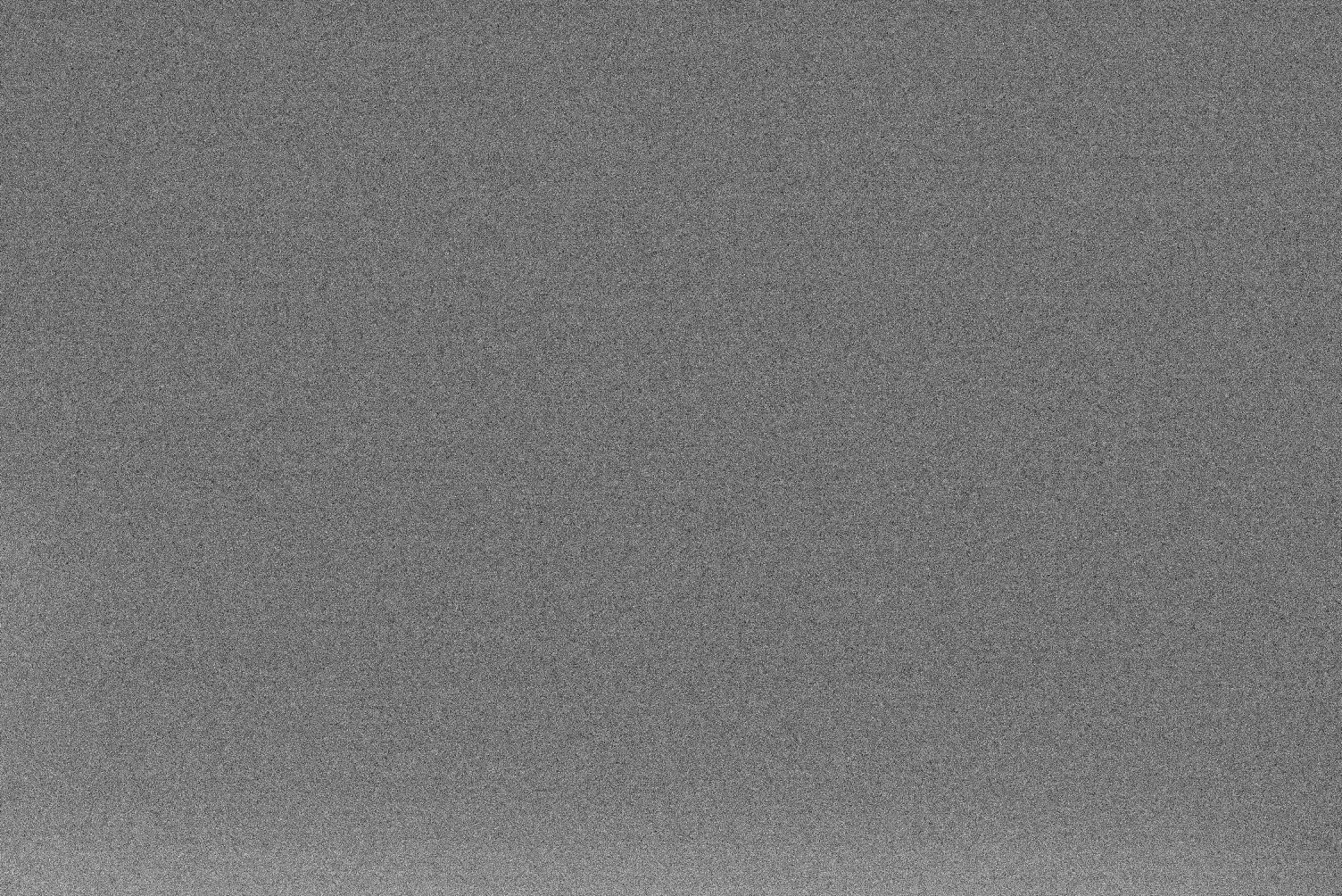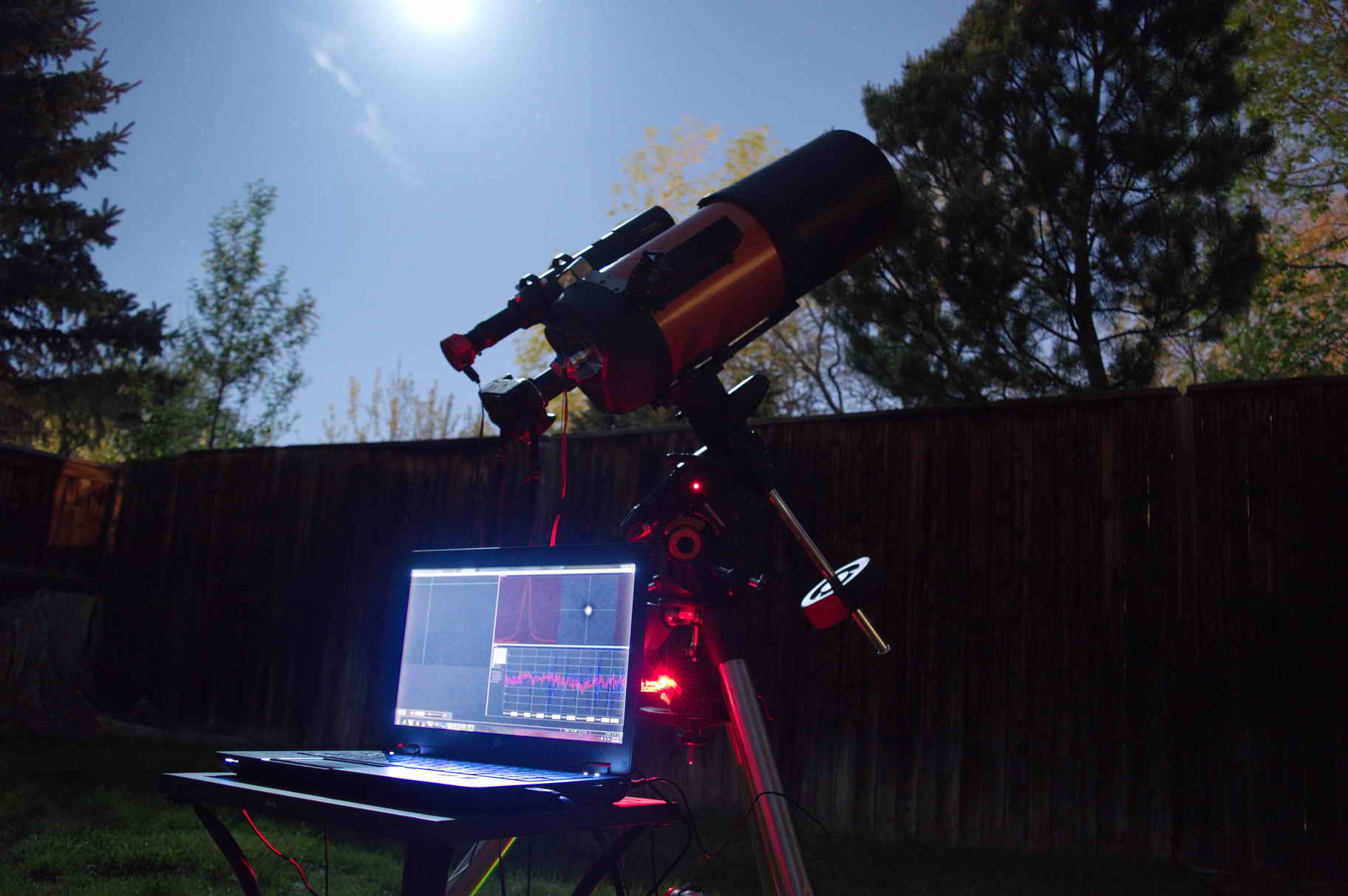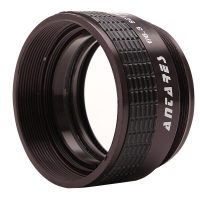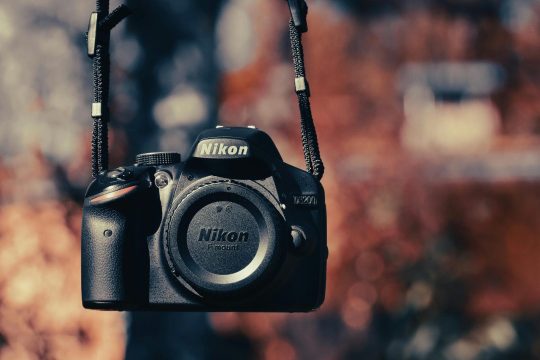
DSLRs and other “daytime” cameras (such as mirrorless, etc.) are popular choices for astrophotography (especially for imagers with less experience) for many reasons; they are relatively cheap nowadays, they have multiple uses including for normal photography, many people already own them before pursuing astrophotography, and they are less complicated than dedicated astro cameras (although not by much). For these reasons, there are many who use them for astrophotography and many software and hardware offerings exist to allow their usage on various telescopes and mounts. However, there are also downsides, some of which are insurmountable Continue reading “Using Nikon DSLRs for Astrophotography?”
